Membrane Transporter/Ion Channel
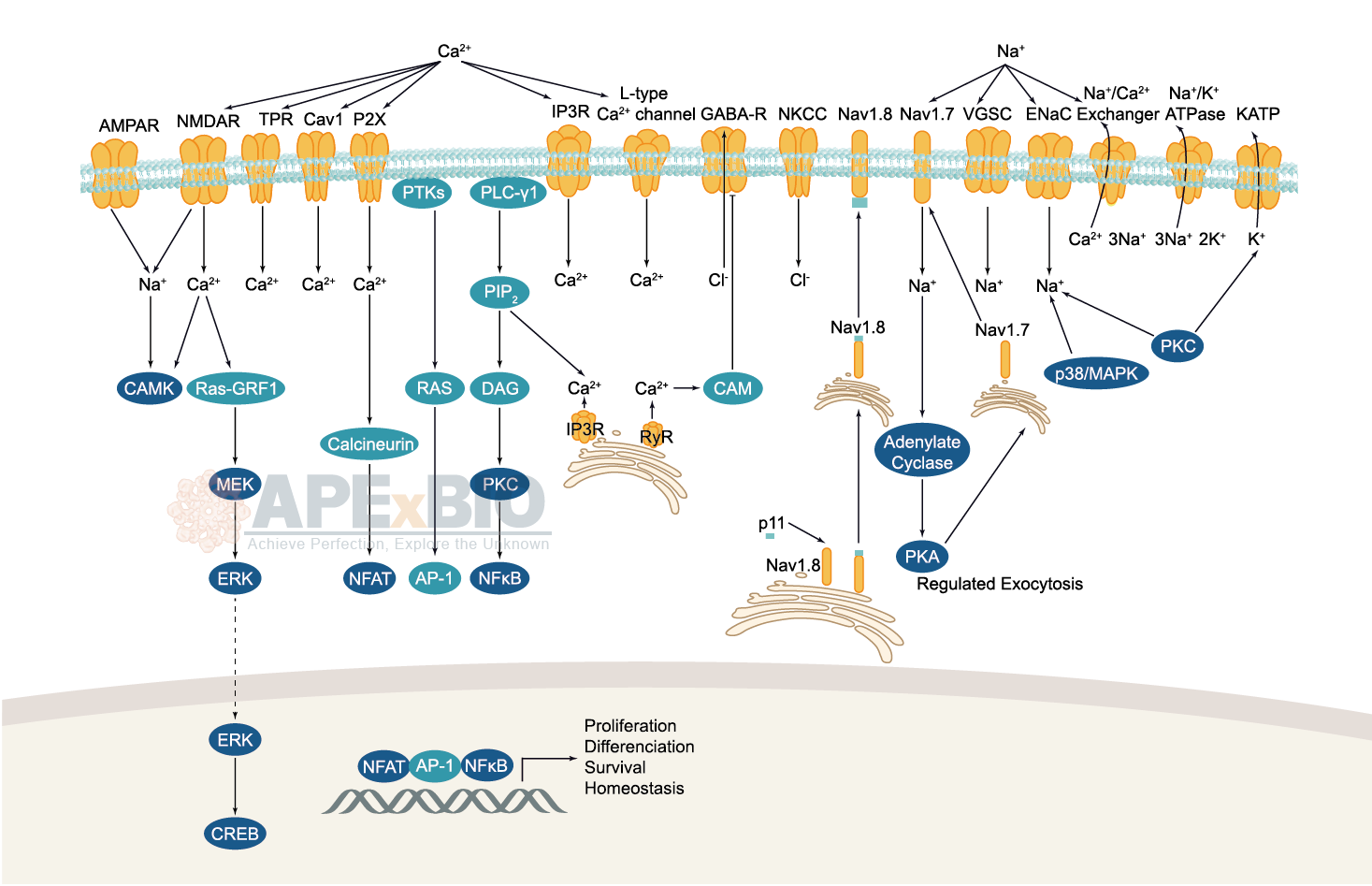
Ion channels are pore-forming membrane proteins which allow the flow of ions across the membrane. The ion channels can be broadly grouped into six families including calcium channels, chloride channels, potassium channels, sodium channels, gap junction proteins and porins. Not all ion channels are gated, such as certain type of K+ and Cl– channels, transient receptor potential superfamily of cation channels, the ryanodine receptors and the IP3 receptors, but most Na+, K+, Ca2+ and some Cl– channels are all gated by voltage. Ligand-gated channels are regulated in response to ligand binding (e.g. neurotransmitters signaling). These ligand-gated neurotransmitter receptors are known as ionotropic receptors. Various neurotransmitters couple to ionotropic receptors such as glutamate, acetylcholine, glycine, GABA, and serotonin.
-
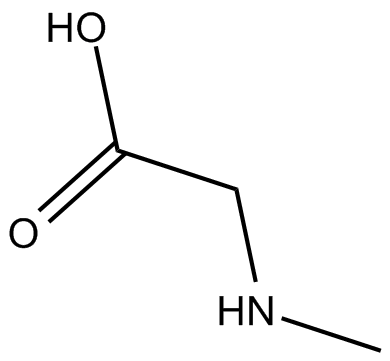 B7239 SarcosineSummary: Endogenous inhibitor of GlyT1
B7239 SarcosineSummary: Endogenous inhibitor of GlyT1 -
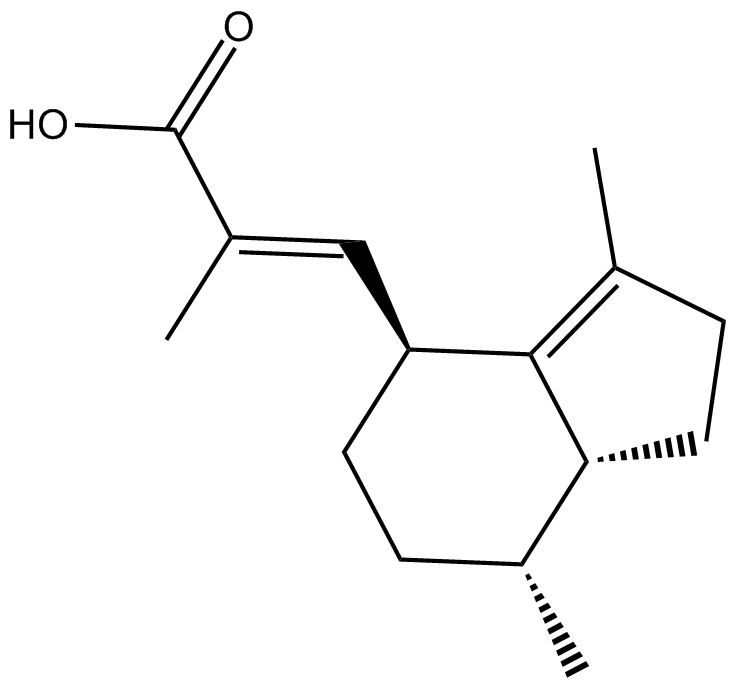 B7254 Valerenic acidSummary: Positive allosteric modulator of GABAA receptor
B7254 Valerenic acidSummary: Positive allosteric modulator of GABAA receptor -
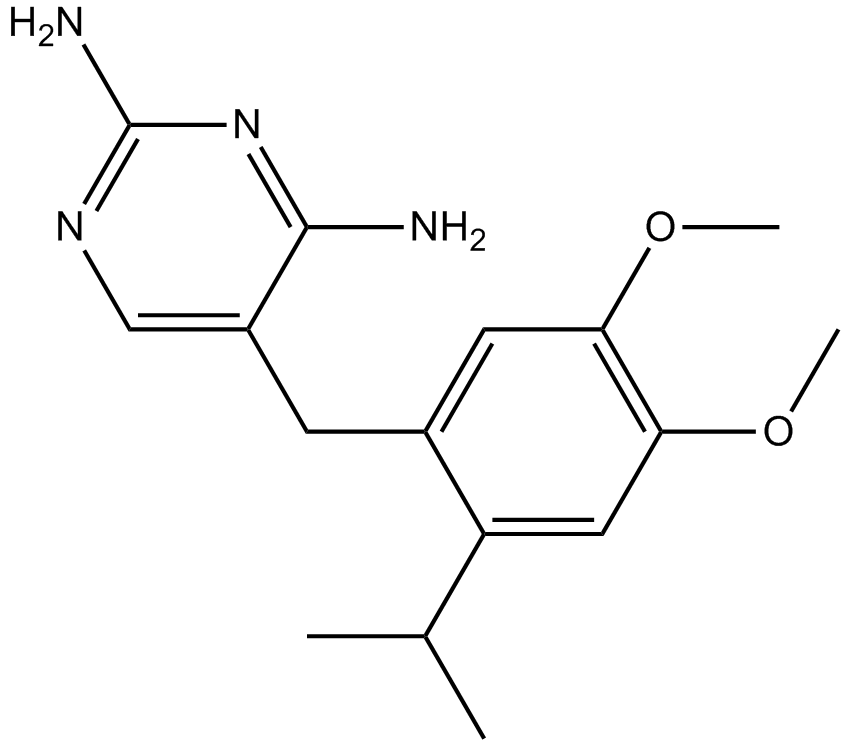 B7256 RO-3Summary: homomeric P2X3 and heteromeric P2X2/3 receptor antagonist
B7256 RO-3Summary: homomeric P2X3 and heteromeric P2X2/3 receptor antagonist -
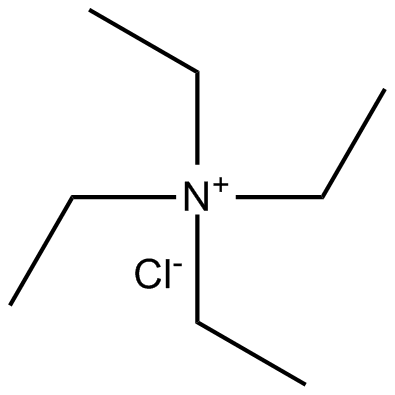 B7262 Tetraethylammonium chlorideSummary: K+ channel blocker
B7262 Tetraethylammonium chlorideSummary: K+ channel blocker -
 B7358 BzATP (ammonium salt)1 CitationSummary: A P2X7 receptor agonist
B7358 BzATP (ammonium salt)1 CitationSummary: A P2X7 receptor agonist -
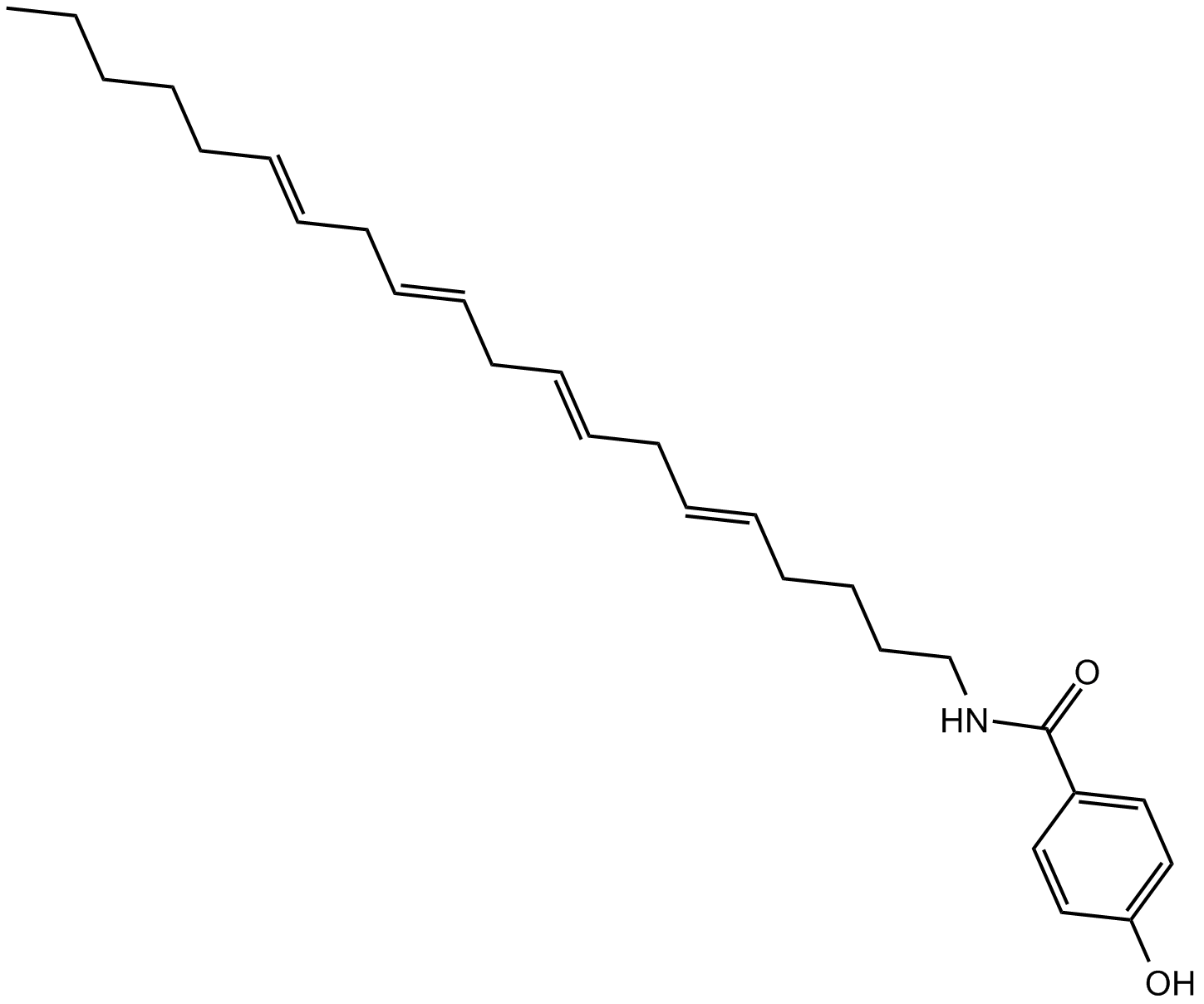 B7392 AM 1172Summary: Inhibitor of anandamide uptake and FAAH,potent and selective
B7392 AM 1172Summary: Inhibitor of anandamide uptake and FAAH,potent and selective -
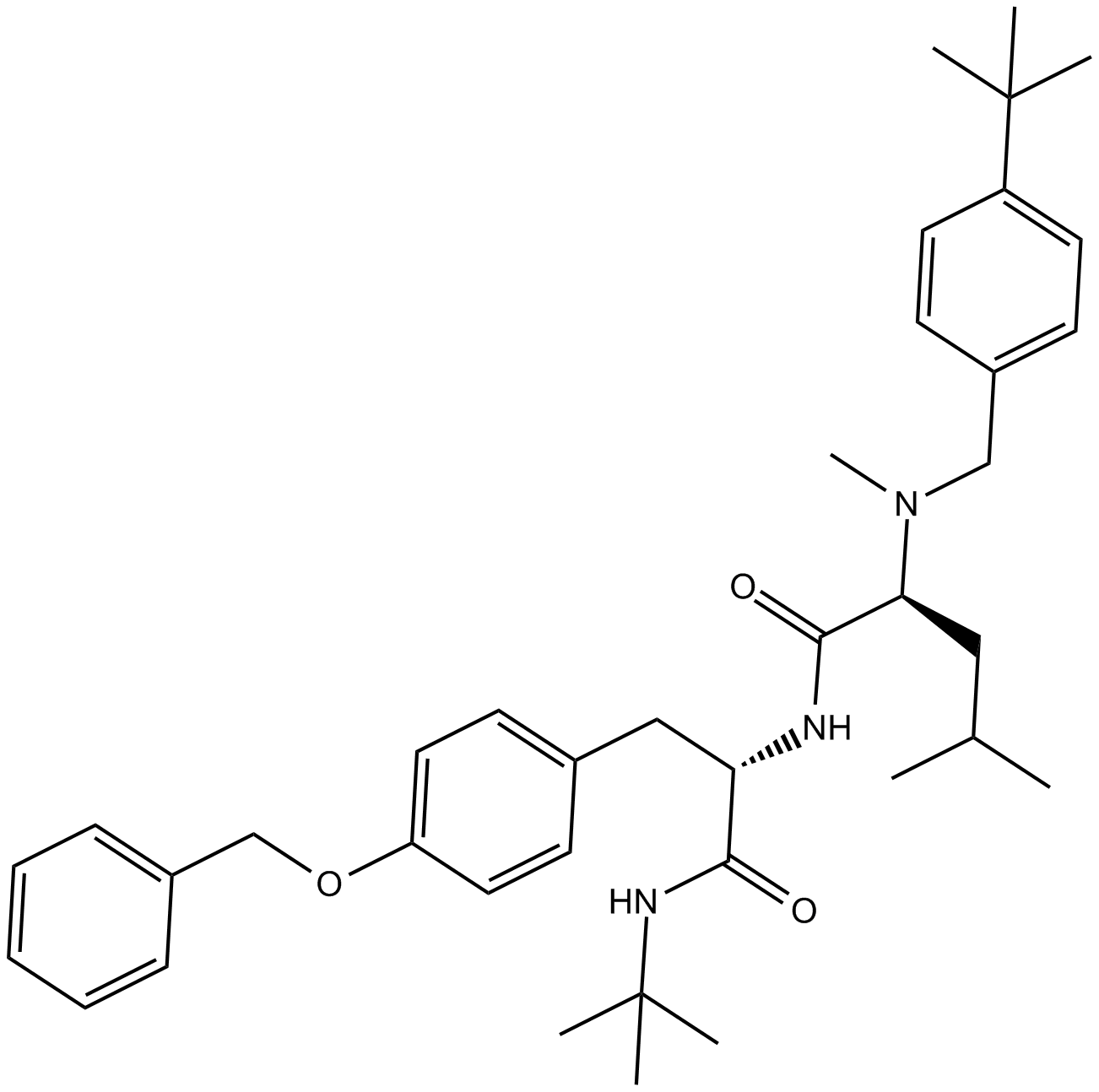 B7424 PD 173212Summary: N-type voltage-gated calcium channel blocker
B7424 PD 173212Summary: N-type voltage-gated calcium channel blocker -
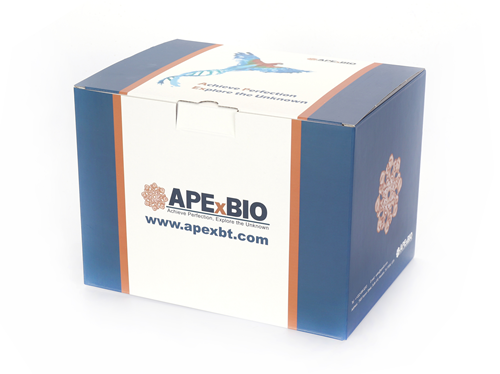 B7428 MargatoxinSummary: KV1.3 channel blocker
B7428 MargatoxinSummary: KV1.3 channel blocker -
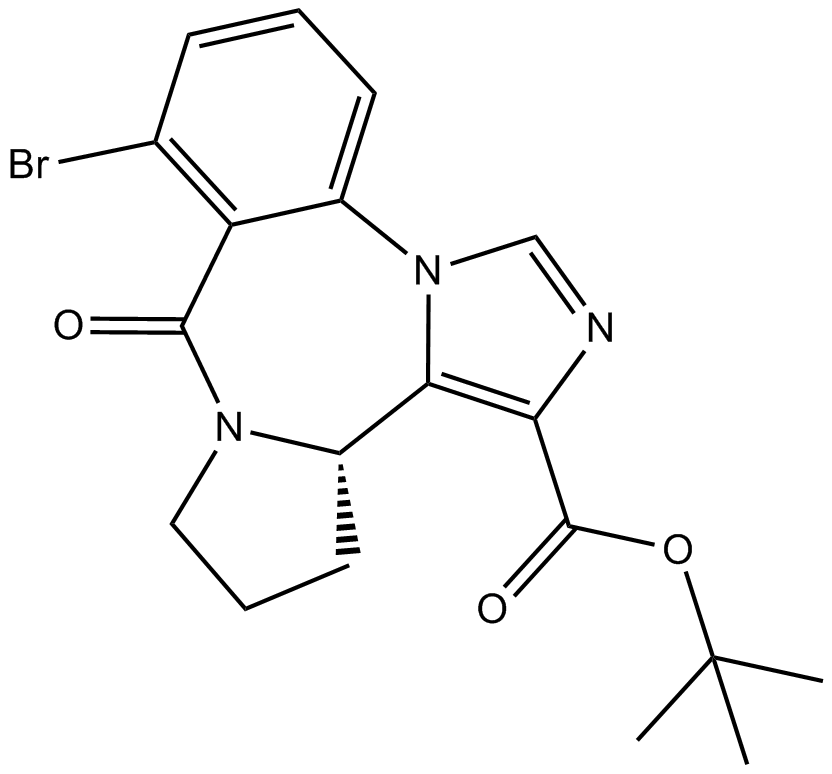 B7430 BretazenilSummary: GABAA benzodiazepine site partial agonist
B7430 BretazenilSummary: GABAA benzodiazepine site partial agonist -
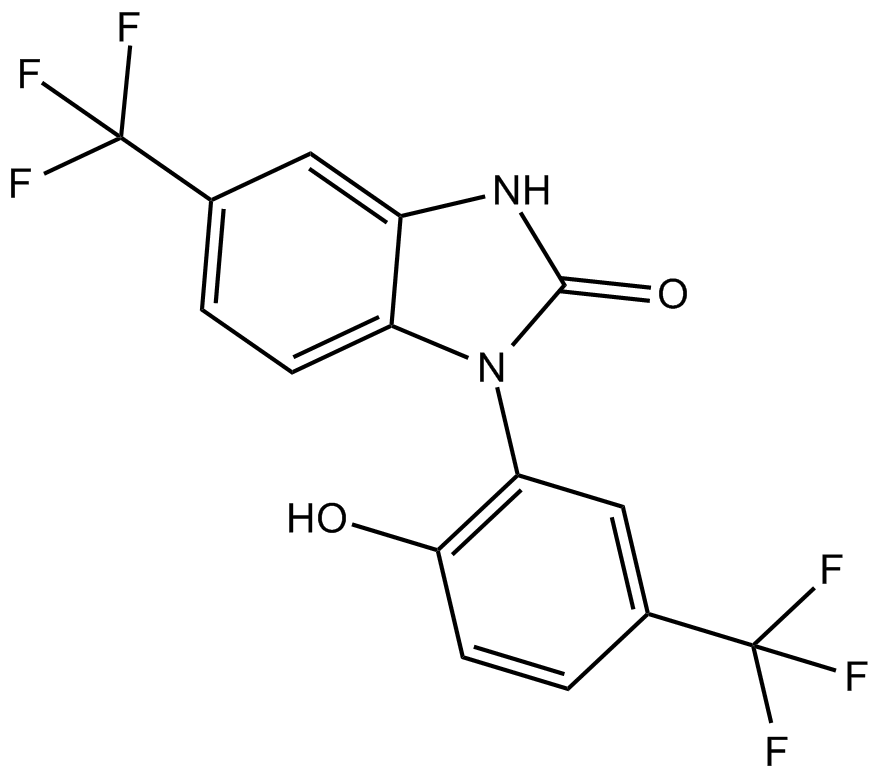 B7502 NS 1619Summary: Large-conductance Ca2+-activated potassium (BKCa, KCa1.1) channel activator
B7502 NS 1619Summary: Large-conductance Ca2+-activated potassium (BKCa, KCa1.1) channel activator

